
Glazing and Scumbling in Oil Paint
Katie LiddiardWhen you find yourself looking twice at a painting you thought was done and spotting areas you wish were brighter or warmer, there are two classic techniques that can give you a second chance. Artist and instructor Katie Liddiard says that glazing and scumbling can be your best friends when it comes to refining a finished painting. Working on a painting that she completed some time ago, Katie points out areas that she’d like to alter slightly without having to repaint the entire section. Specifically, she identifies the center of a gorgeous, pearly seashell where she’d like to add a hint more pink with glazing, or adding thin layers of medium with small amounts of color added. Using just a small amount of Oleogel medium and a bit of one of the quinacridone pinks from her palette, Katie slowly paints the area of the seashell with a subtle touch, then adds in a touch more of pink shade from her palette. This glazing technique can add depth to any painting, she says, as you build up very thin layers.
With glazing, you can alter the color slightly or warm it up, pull back if you need to by removing a bit, and work with these thin layers of paint to get the desired effect. Katie’s second refinement technique of scumbling is similar, but adds light where glazing can deepen the color. Katie uses a mixture of her Oleogel medium, the desired color, and white to add highlight areas to her painting and add contrast for that little extra something that refines and completes the artwork.
Explore videos by Katie Liddiard
You may be interested in
Premium Membership
Unlock exclusive member content from our industry experts.
- 24/7 Access to Premium Visual Art Videos, Projects, and Tips
- Step-by-Step Instructional Demos, Guides, and Tutorials
- Access to Ask the Expert Program
Unlock exclusive member content from our industry experts.
- 24/7 Access to Premium Visual Art Videos, Projects, and Tips
- Step-by-Step Instructional Demos, Guides, and Tutorials
- 2 Full-Length Classes to Keep in Your Account for Life
- Access to Ask the Expert Program
Gold Membership
$340 Value
Get everything included in Premium plus exclusive Gold Membership benefits.
- 24/7 Access to Premium Visual Art Videos, Projects, and Tips
- Step-by-Step Instructional Demos, Guides, and Tutorials
- 4 Full-Length Classes to Keep in Your Account for Life
- 8 Downloadable Visual Art Guides
- Discounts on Purchase-to-Own Content in the Artist's Academy Shop
- Access to Ask the Expert Program
- Access to GOLD LIVE Streaming Events

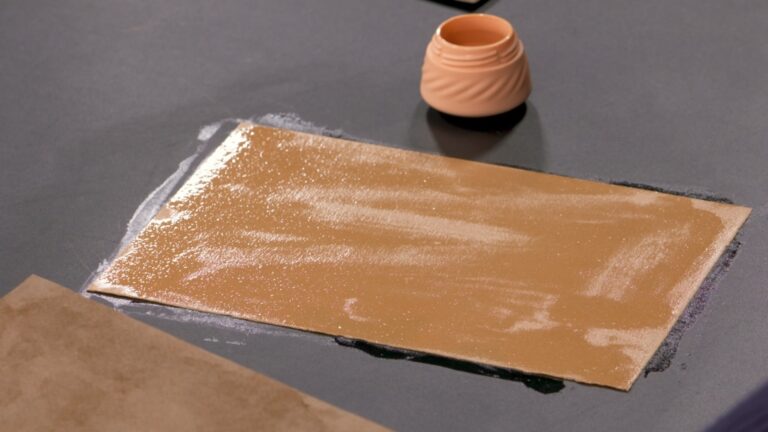
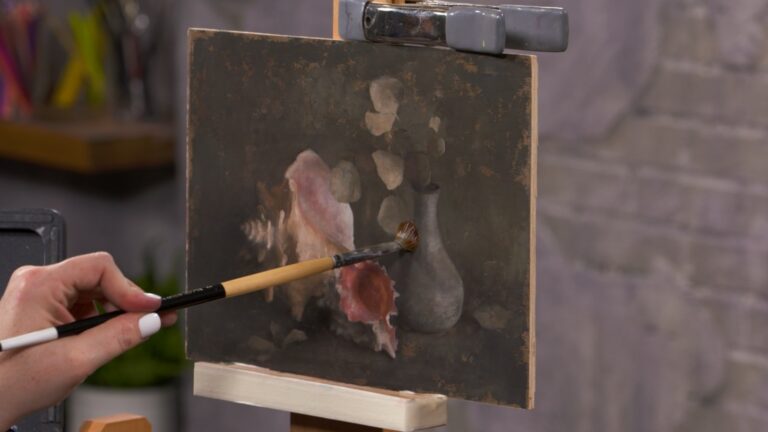
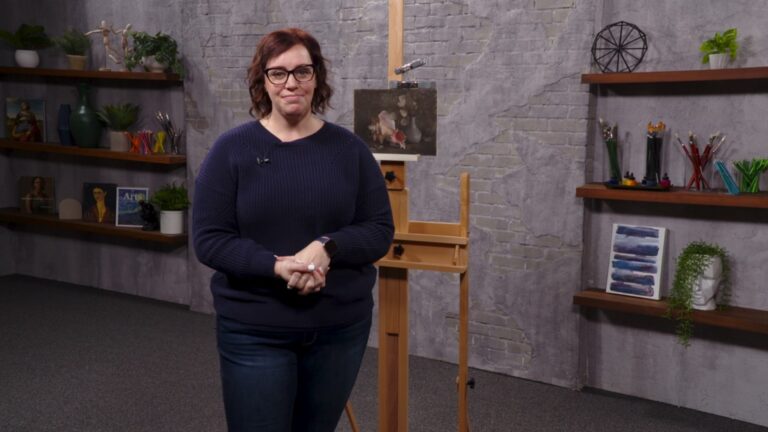


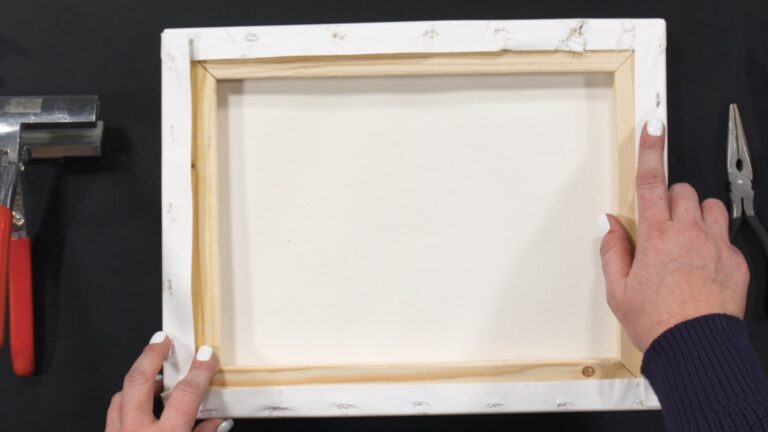
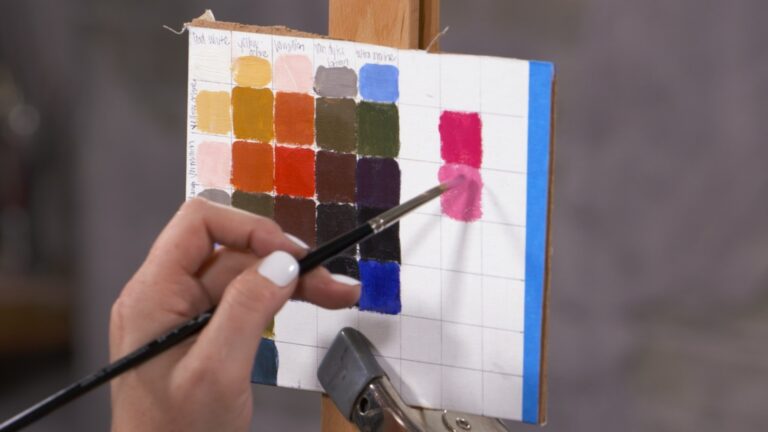

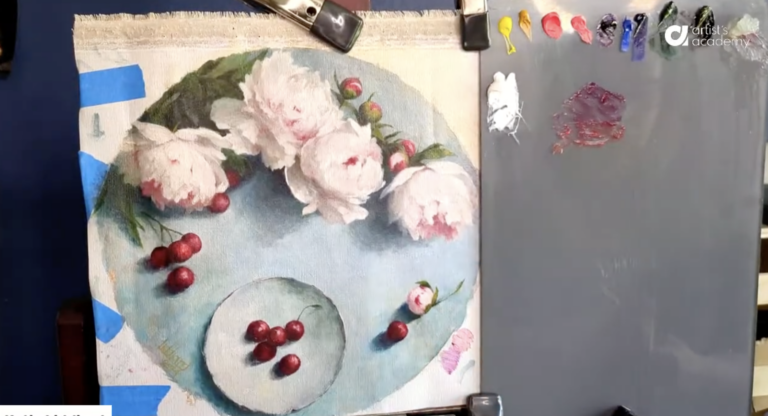







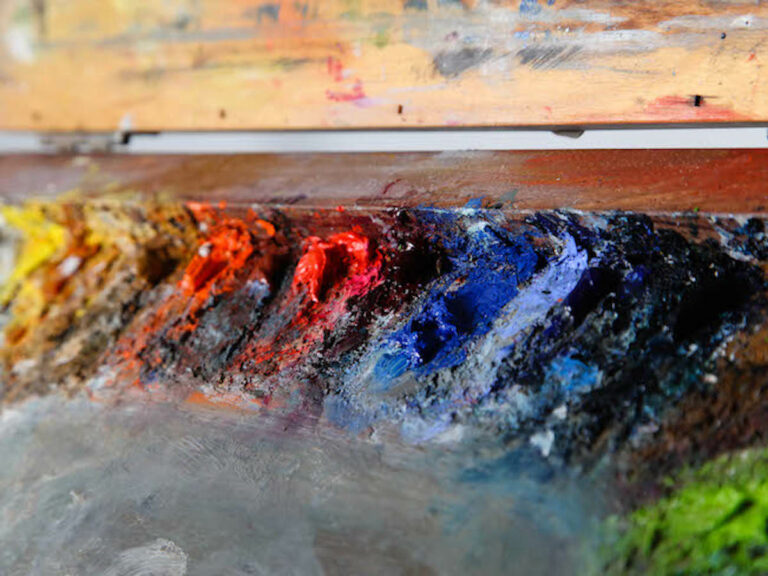




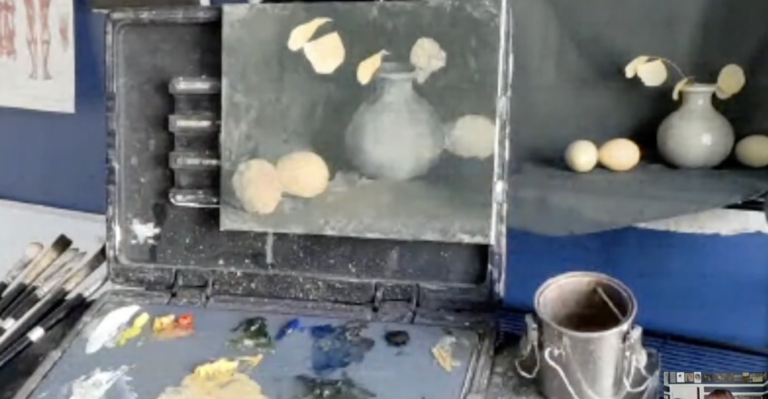
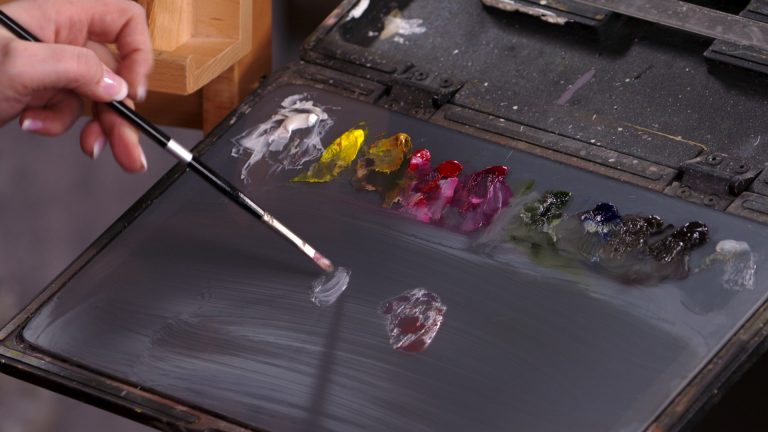
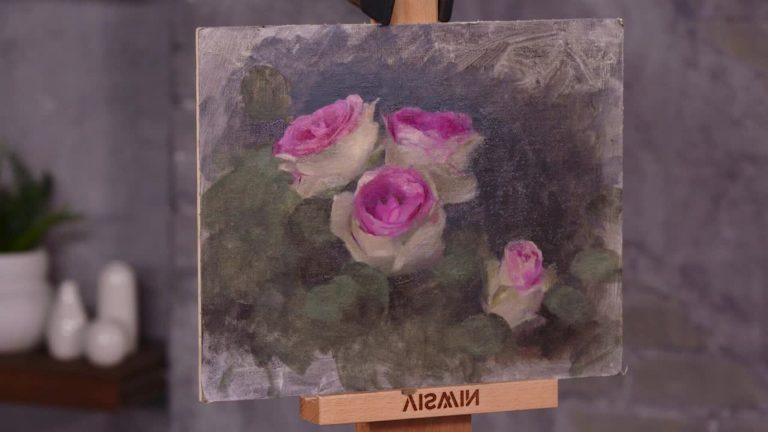
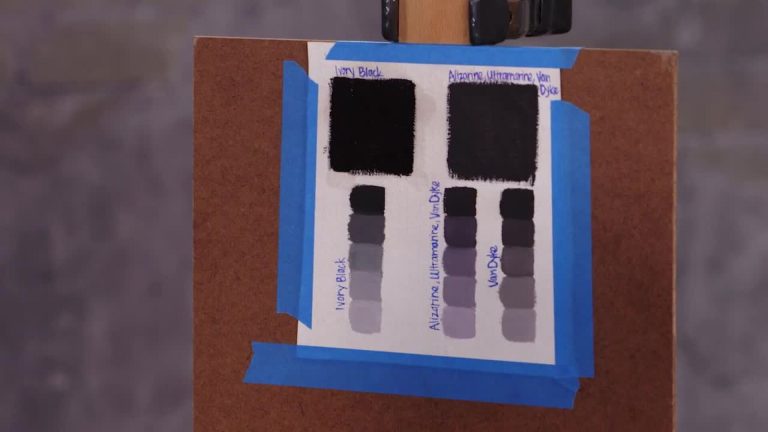

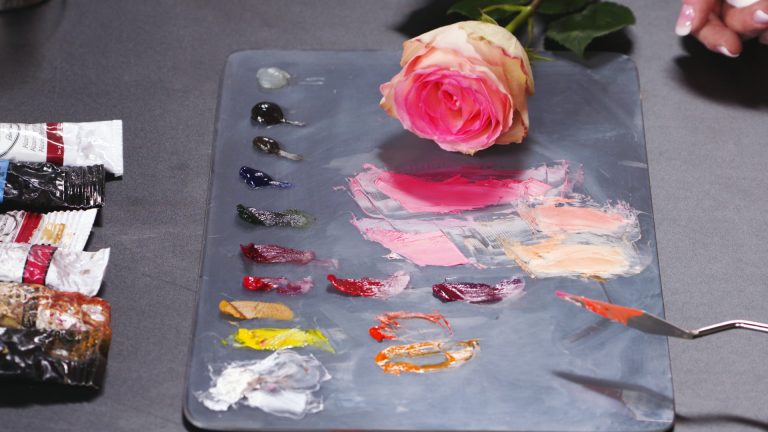
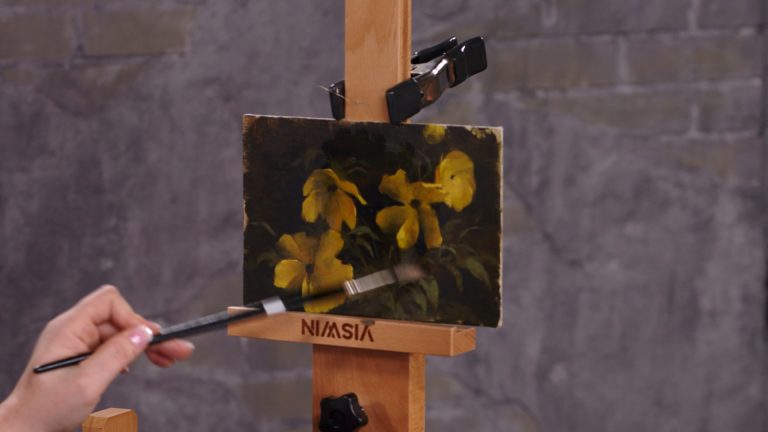
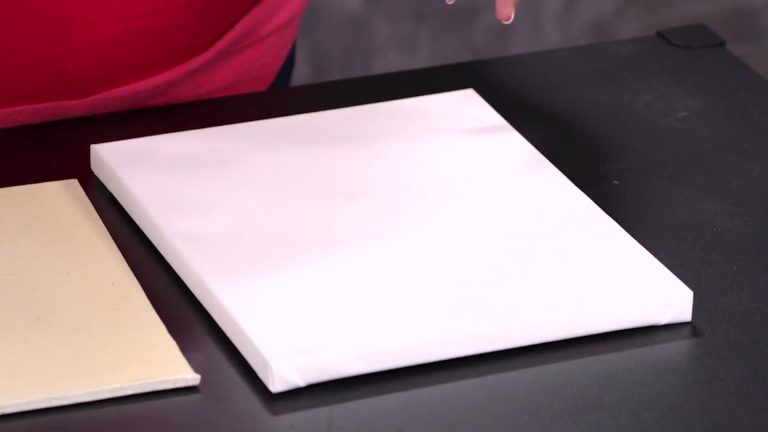
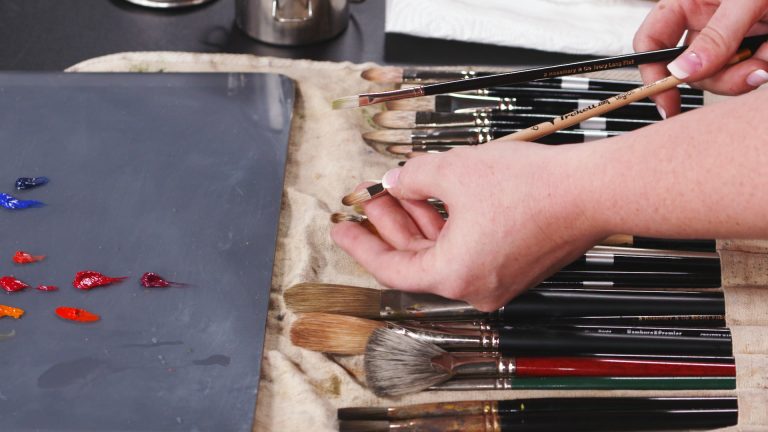
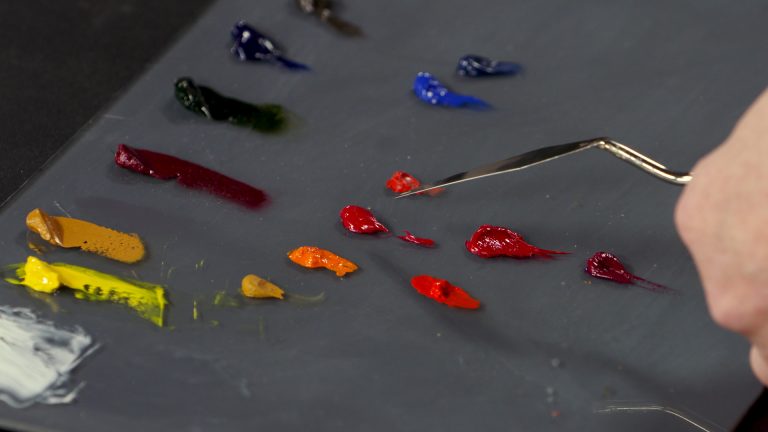
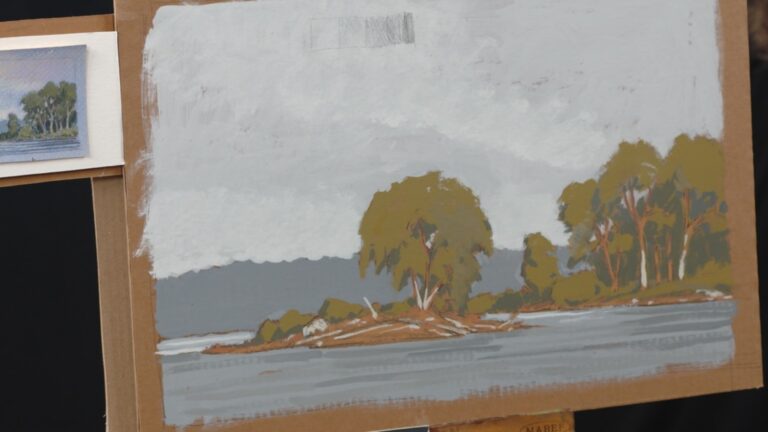
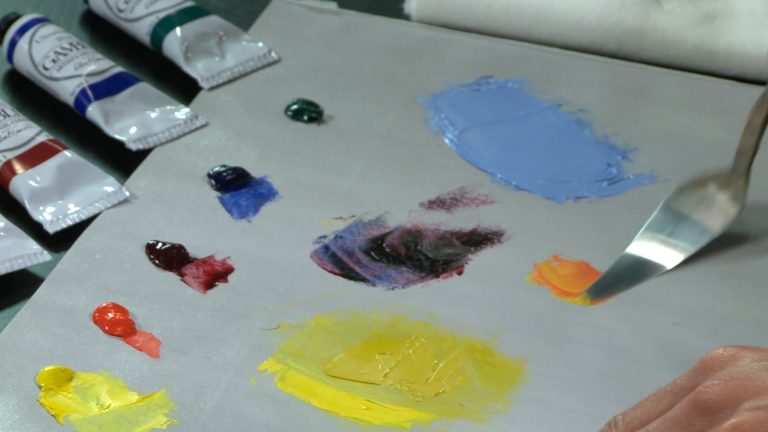
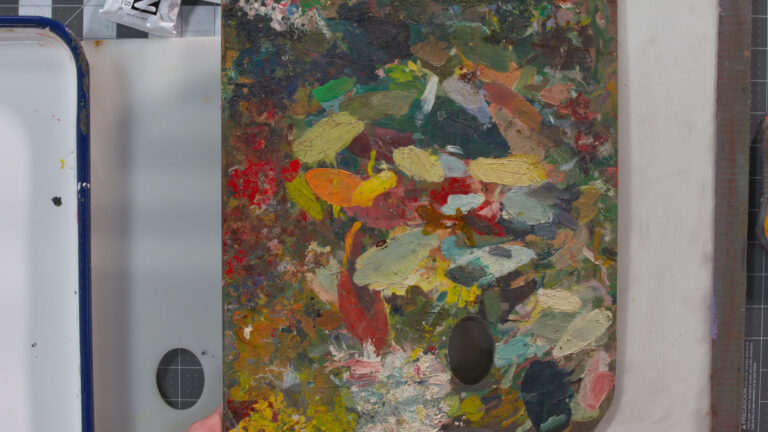





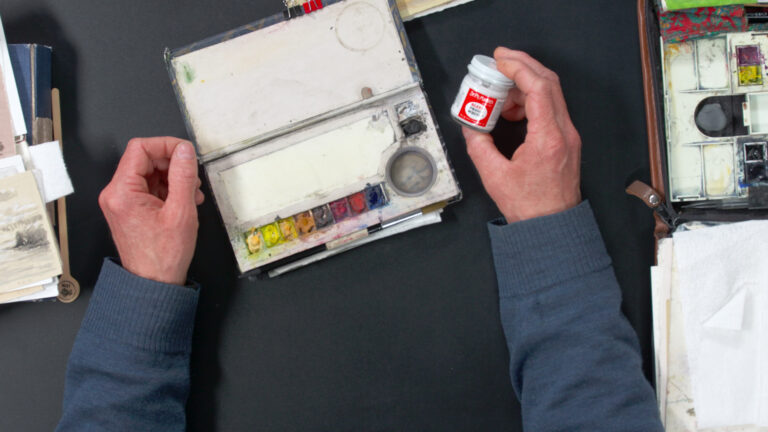

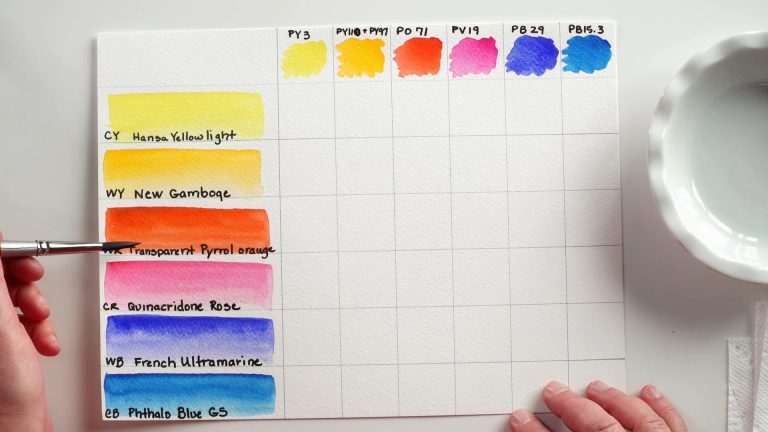

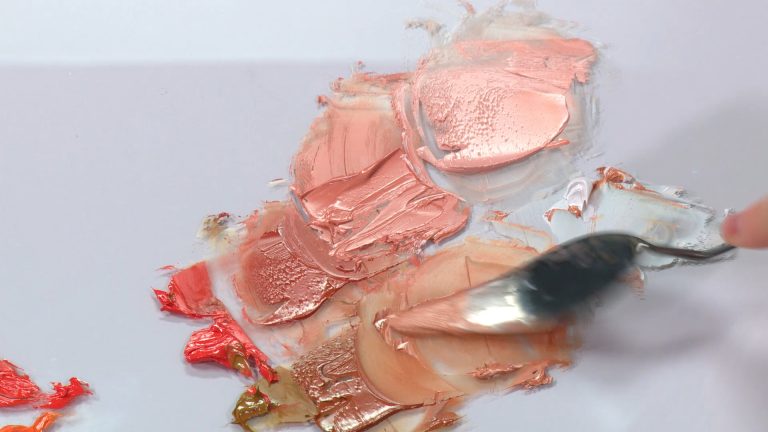
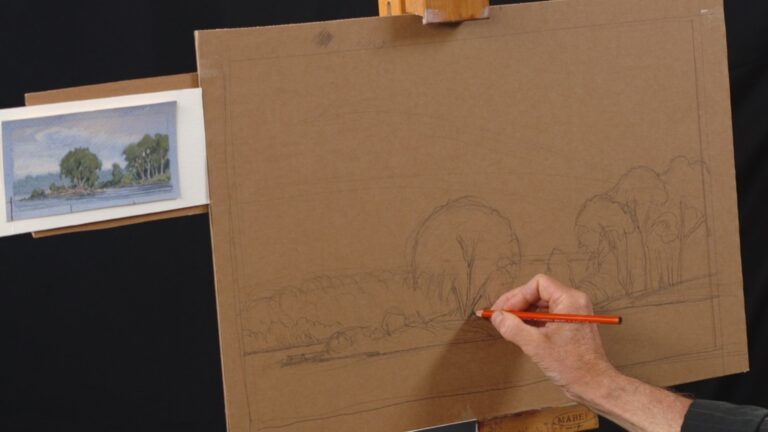
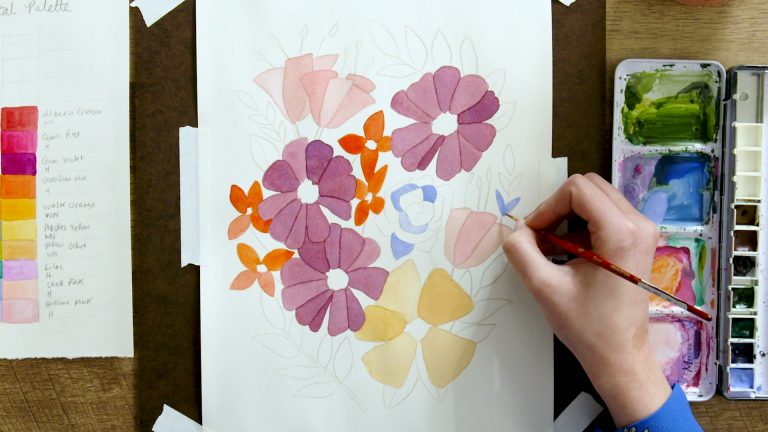
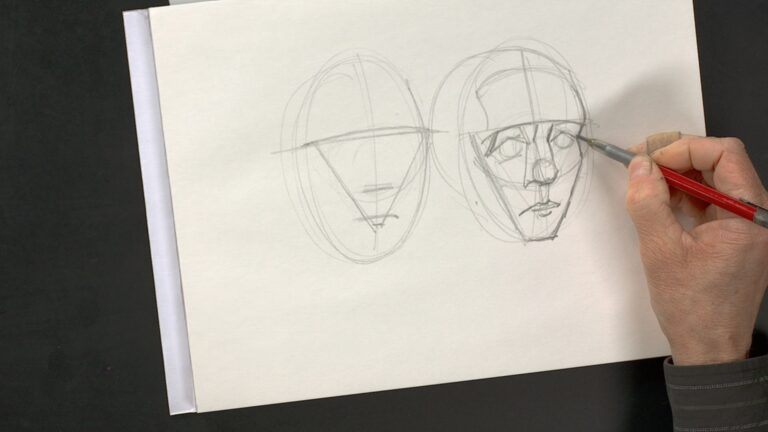

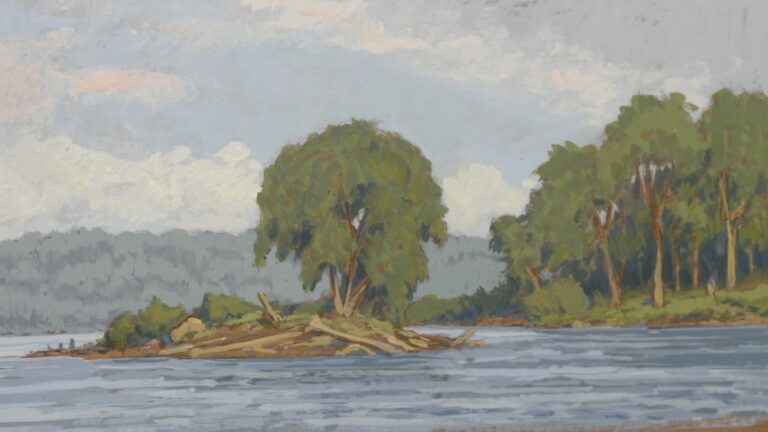

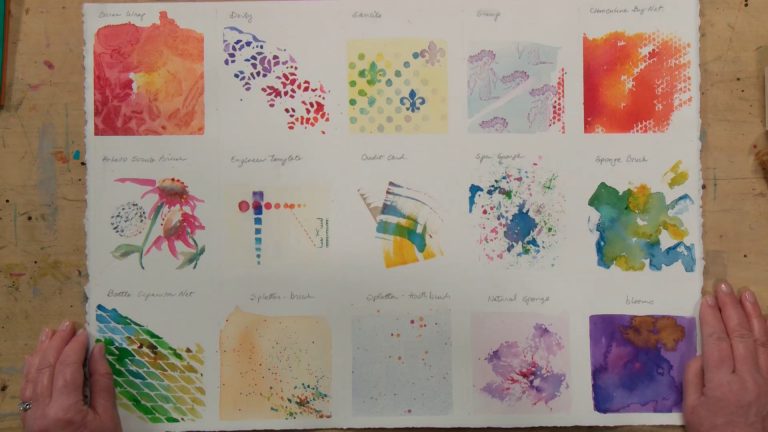



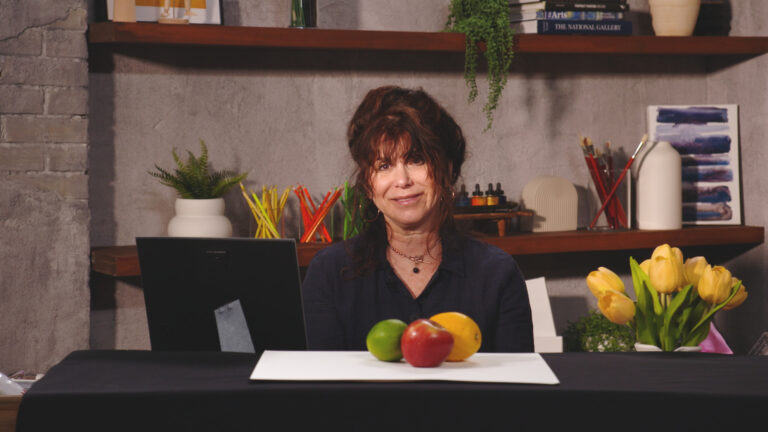

Share tips, start a discussion or ask one of our experts or other students a question.
Already a member? Sign in
No Responses to “Glazing and Scumbling in Oil Paint”